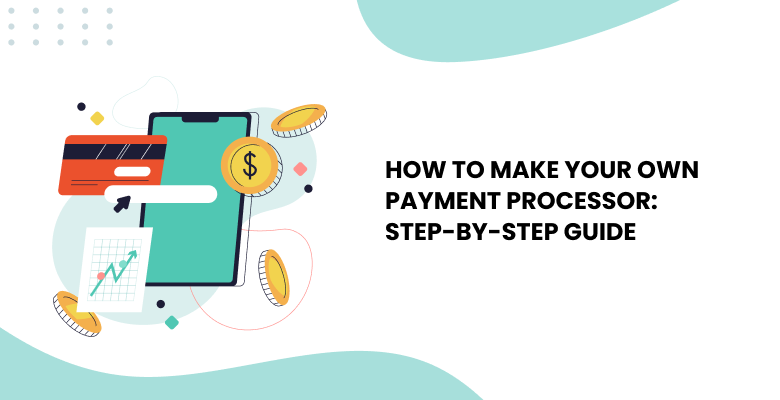The EU is a highly regulated space, and maneuvering the complexities of this landscape can prove to be a handful. Thankfully, the Single Euro Payments Area Direct Debit has disrupted the idea of payments within the EU. This initiative is pertinent because the EU is mostly landlocked and has pacts that allow its citizens to move freely within borders whether for commercial or recreational purposes.
SEPA Direct Debit is a component of a larger initiative, which is a European Union (EU) integration project aimed at establishing a unified and standardized payments framework within the Eurozone.
Benefits of SEPA
Seamless Cross-Border Transactions
SEPA Direct Debit makes international bank transfers a walk in the park, making it effortless to transact within Europe. People do not need to wield several cards to purchase goods with SEPA in place.
Cost-Effective
Transactions are typically less expensive than traditional international bank transfers via SEPA. This makes it a much cheaper alternative for businesses that necessarily need to conduct cross-border trade or for individuals who habitually wire funds to their European-based families.
Cash Flow
For businesses reliant on a consistent payment model where customers renew their periodic commitments, SEPA is especially beneficial. Automating this process implies that revenue is ensured even when customers would rather not subscribe.
Regulatory Compliance
SEPA Direct Debit adheres to the European Payments Council’s (EPC) stringent regulatory standards. As a result, users can have faith in the security and legality of SEPA Direct Debit transactions.
Direct Debit Ability
SEPA can access customers’ accounts and periodically deduct payments for businesses with recurrent payment models. Subscriptions. Merchants offering credit services can also leverage this feature, as it increases the probability of being paid on time and also saves customers from penalty fees in case they default on the agreed date.
How to Get Started with SEPA Direct Debit
To get started with SEPA Direct Debit, follow these simple steps:
- Select a Banking Partner: Check to see if your bank or financial institution accepts SEPA Direct Debit transactions. This service is provided by the majority of major banks in the SEPA zone.
- Get Mandates: Your customers’ mandates allow you to debit them. These mandates are required for SEPA compliance.
- Install SEPA-Compliant Software: To initiate and manage Direct Debit transactions, use SEPA-compliant software or systems. These tools ensure that your transactions adhere to SEPA guidelines.
- Begin Transactions: Once you have everything in place, you can begin initiating SEPA Direct Debit transactions. Depending on your needs, this can be done for one-time payments or recurring transactions.
To summarise, SEPA Direct Debit makes cross-border payments within the SEPA zone easier. SEPA Direct Debit provides a dependable and standardized method for all of your European payment needs, whether you are a business looking for cost-effective and efficient payment solutions or an individual looking to simplify international money transfers.











